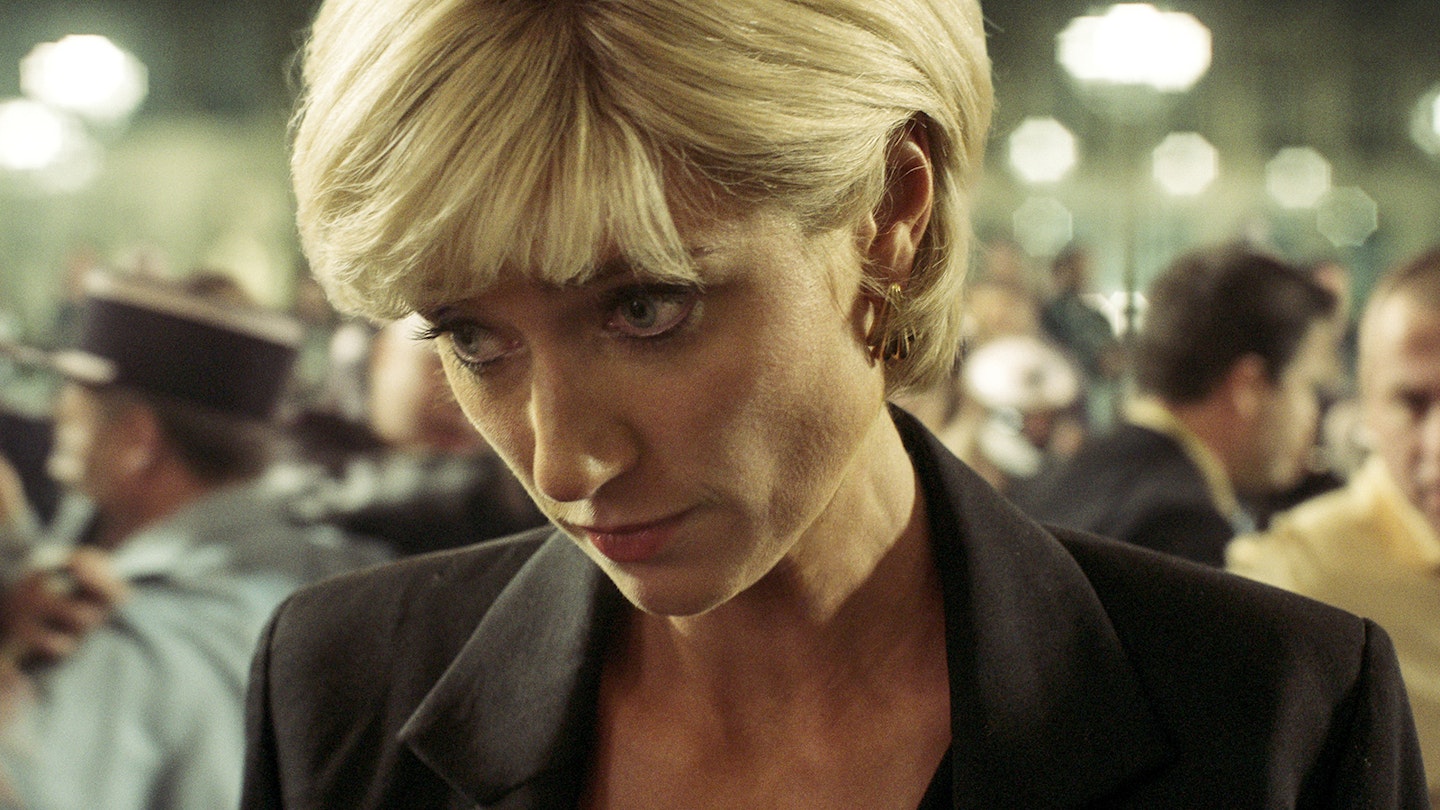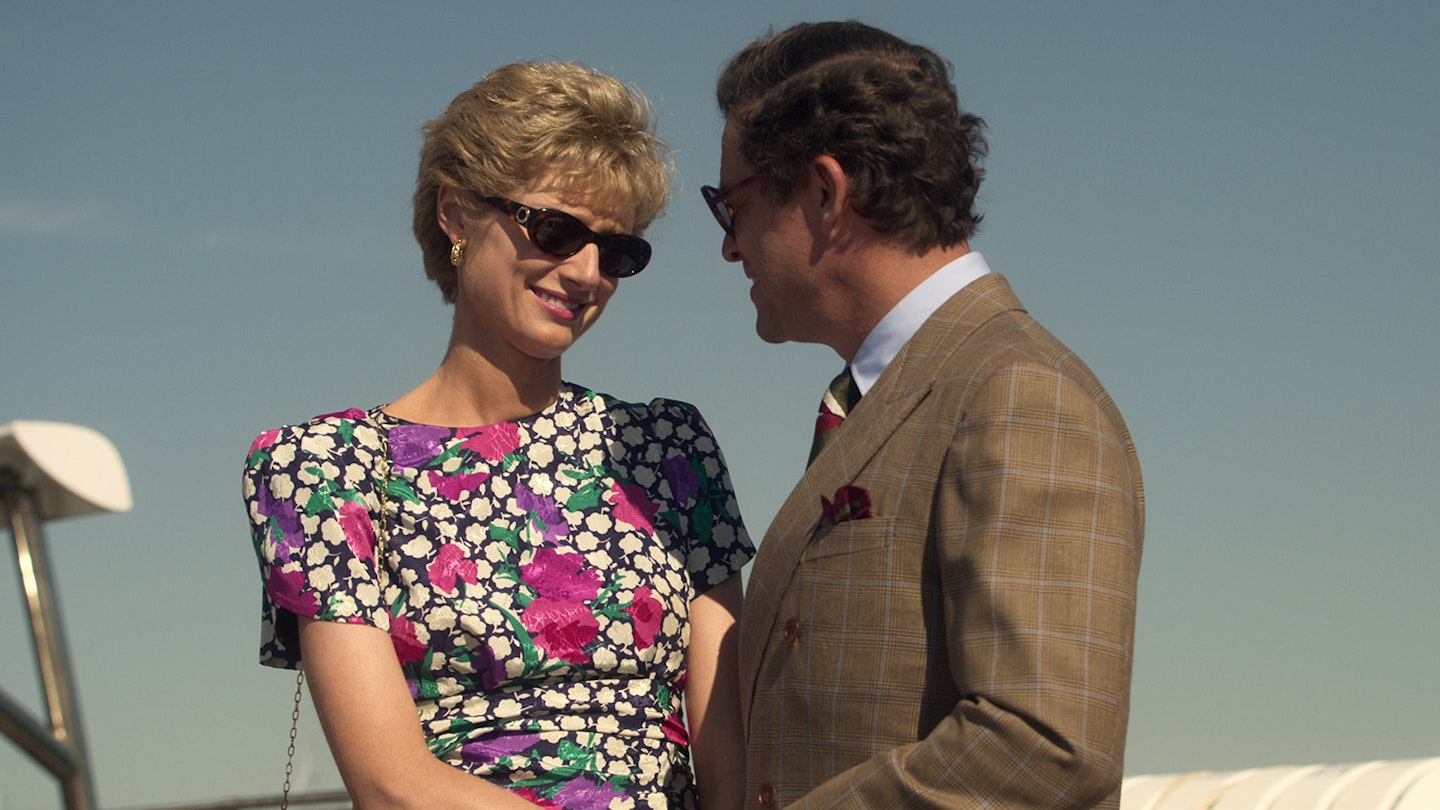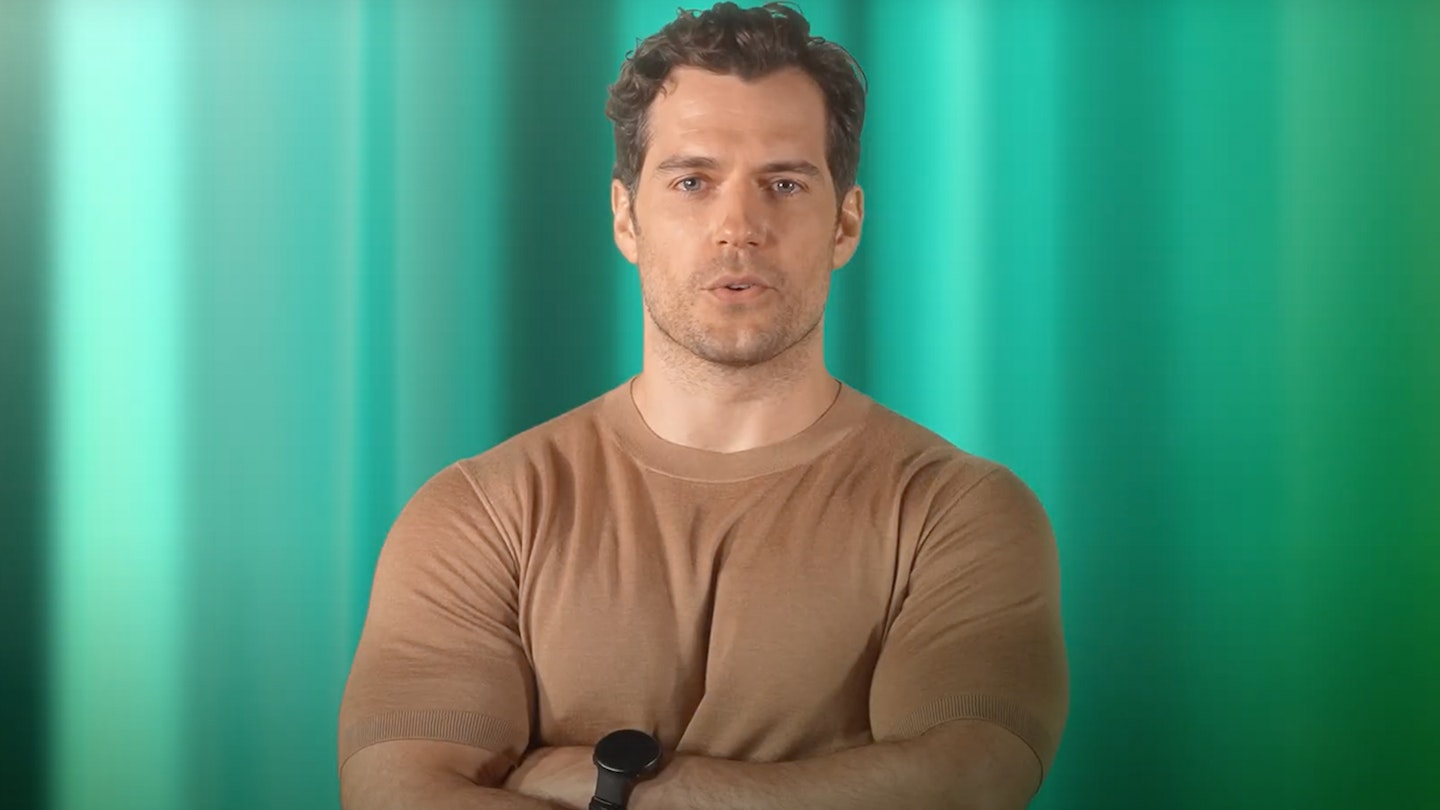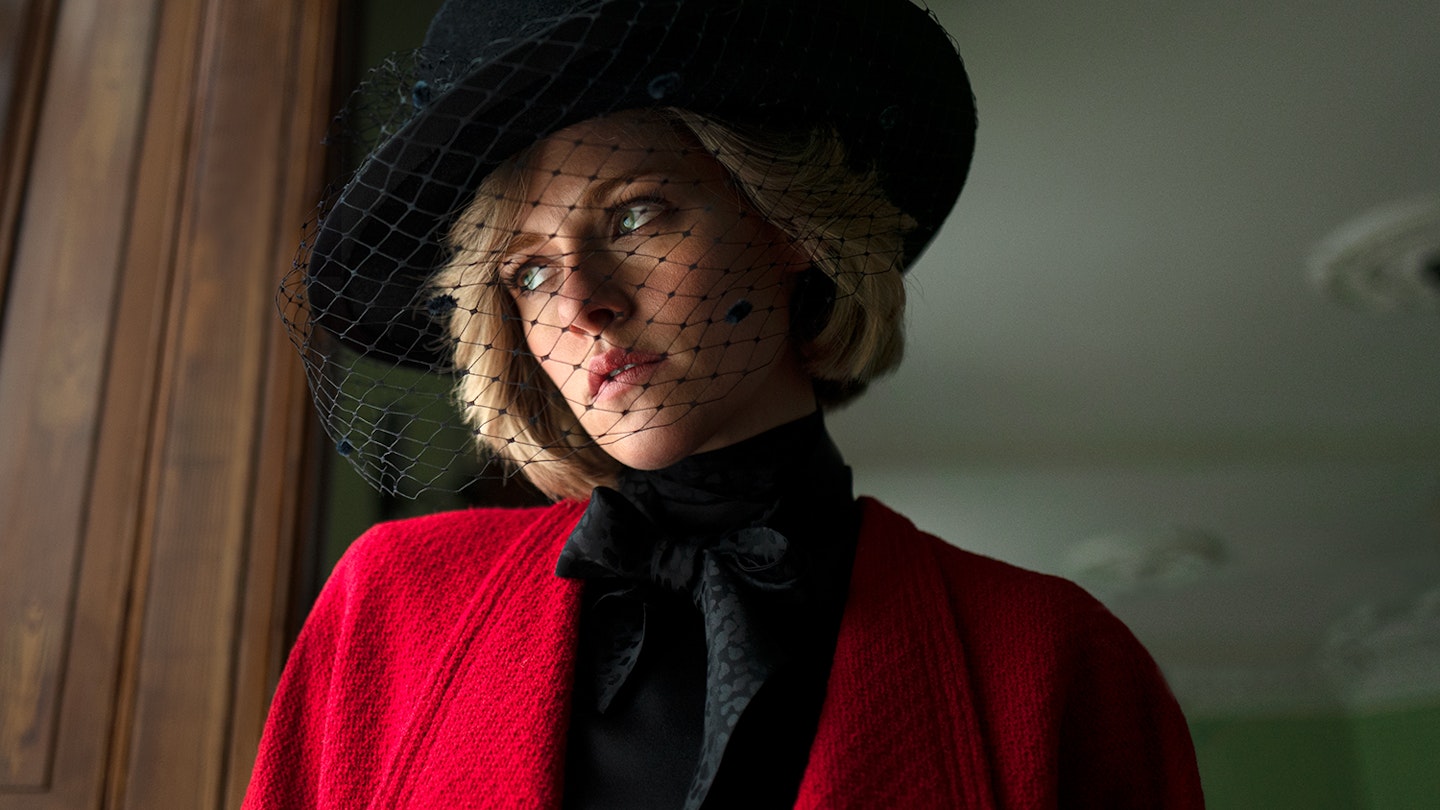The power of the United Kingdom sits behind the doors of two famous buildings: Buckingham Palace and 10 Downing Street, separated by just 57 green acres of St James’s Park in London. The Crown has always expertly dissected the relationship between the institutions of government and monarchy; how they co-exist (not always happily) and cooperate (not always willingly) in running the country. Season 4 opens in 1979 and is primarily concerned with the two women who would plunge both buildings into crisis and open up brand new tensions between the Queen (Olivia Colman) and those elected to run the country.
Gillian Anderson is Thatcher, jabbing at her concrete hair with a comb as news of her ascension to Prime Minister is broadcast over the radio. From the in-her-boots tenor of her voice to the dipped-shoulder walk, Anderson embodies the PM’s physicality precisely. Aided by the words of writer, creator and executive producer Peter Morgan, Anderson gifts Thatcher with a rare nuance and flinty emotion that reads as entirely authentic.
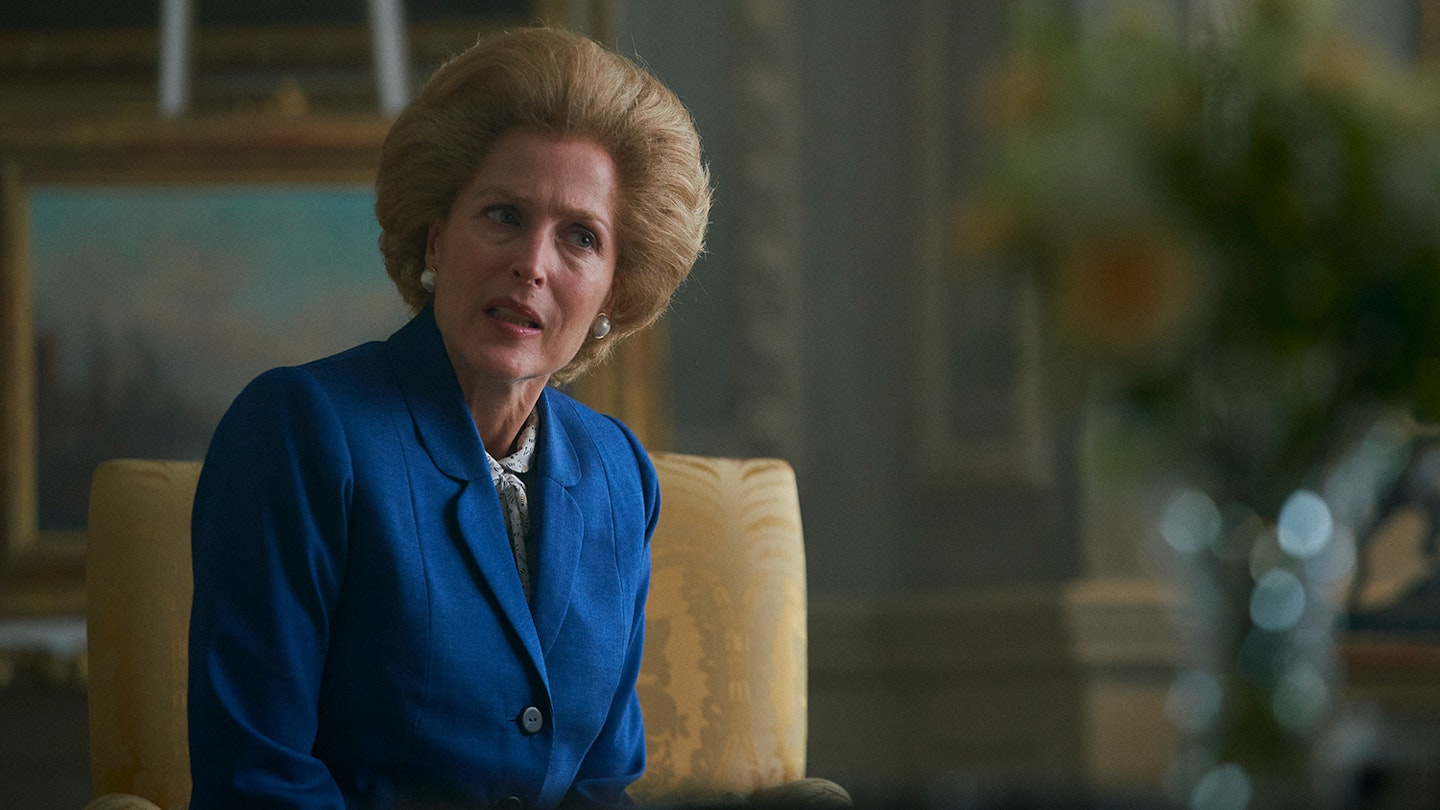
The scenes between her and Colman, tension strung tight between them, are among the best in The Crown’s history. Both women — simultaneously driven by and constrained by duty, mothers to both their children and the country — go to war with clipped retorts and settings of jaws.
The other half of the series is devoted to the woman who, along with Thatcher, most defined the ’80s in Britain: Princess Diana (Emma Corrin). This was arguably a more difficult casting and performance task. Diana was the most photographed woman in the world — every doe-eyed look, sigh and breathless word recorded and played over and over again until it was seared into our collective consciousness.
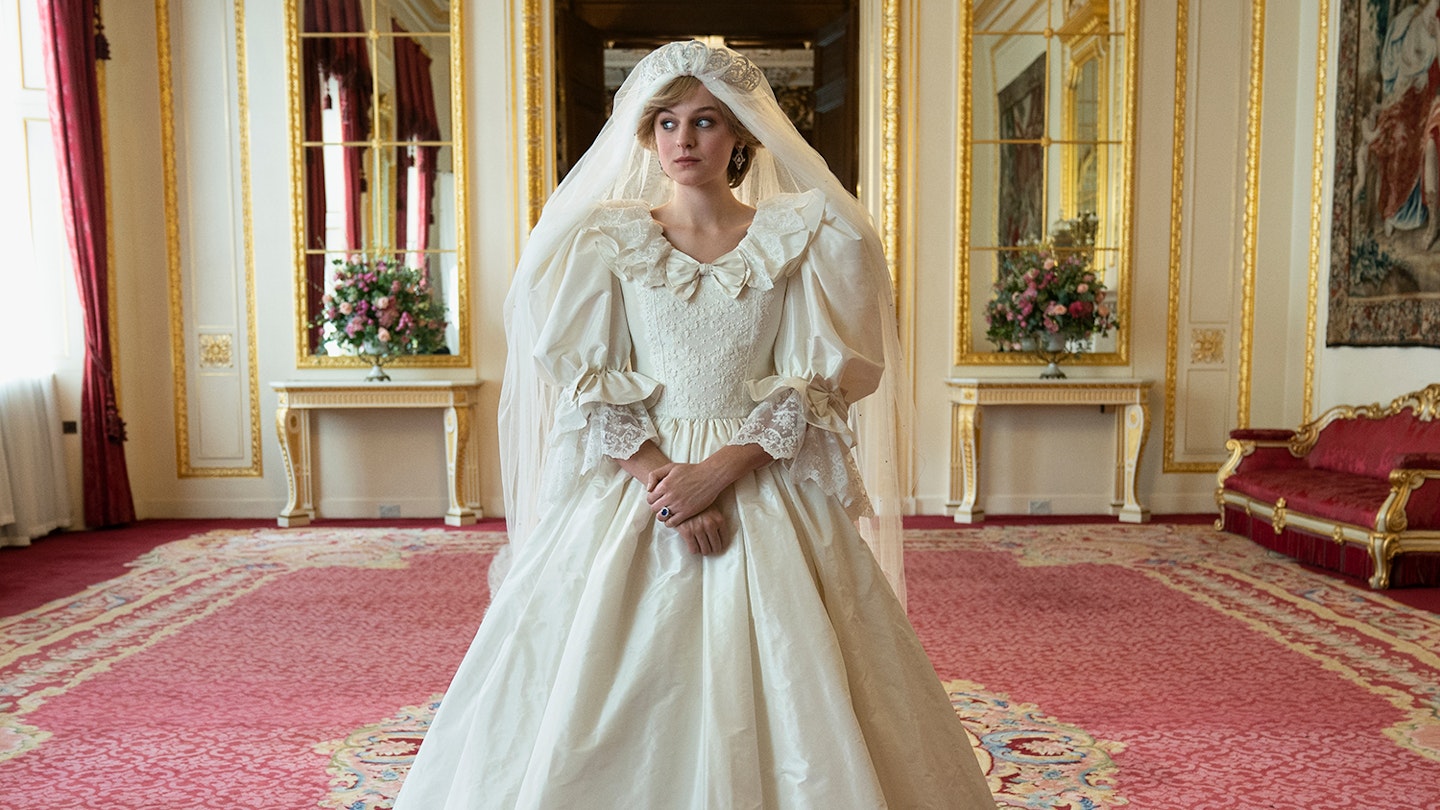
As Charles (Josh O’Connor) meets her for the very first time, so do we; he’s dating her older sister and she’s a precocious teenage girl (in an absolutely bonkers scene, she hides behind plant pots dressed as a character from A Midsummer Night’s Dream). Emma Corrin has the youth, the innocence, the yet-to-be-curdled sweetness. But unlike Anderson as Thatcher, you can’t ever quite lose the sense that she’s playing Diana; the true Princess Of Wales glimpsed in moments and obscured through mimicry in others.
In almost every respect — production design, cinematography, score, direction — this is an impeccable series.
What is expressed with power is the destruction of self that’s suffered when A Very Normal Human gets pulled into the heart of The Family. “In time, she will give up her fight, and bend, like they all do,” says the Queen Mother. “And if she doesn’t bend, what then?” asks the Queen. States Margaret (Helena Bonham Carter) from experience: “She will break.”
The wider family are all on excellent form. Series 3 brought us Margaret’s suffering, and her woes continue here, though she’s a lighter presence than before (when she does arrive on screen it’s with Bonham Carter’s bombast and verve). Tobias Menzies remains excellent as Philip and O’Connor brings a new brutality to Charles, while retaining his humanity and our sympathies.
In almost every respect — production design, cinematography, score, direction — this is an impeccable series. Moreover, this time Morgan creates a consistency of narrative excellence across the full ten episodes. He meticulously juggles both standalone events — the death of Mountbatten, Michael Fagan’s bedroom break-in at Buckingham Palace — and the overarching stories to create both stand-alone, world-class cinematic episodes and the classiest, most compelling soap opera ever.



